Лучшие способы биометрической идентификации человека
Did you know that the most hygienic, from the point of view of safety for human health, and available in use biometric scanners are contactless scanners?
This is the advantage of contactless verification over fingerprint verification.
Disadvantages that arise when using fingerprint readers in the control system
access and time tracking:
- The fingerprint verification method is not hygienic, as the scanning platform
in contact with dozens and hundreds of fingers of different people
- It is necessary to periodically wipe the scanner with an alcohol cloth to remove greasy fingerprints,
which with large accumulation lead to an increase in the duration of user identification
- The verification process itself is not fast, the identification time is 1.5 - 2 seconds
Fingerprint verification is one of the oldest biometric technologies. But there are others
technologies are no less reliable and more convenient to use for the end user. To such
Technologies include checking the user on the venous network of the palm, on the geometry of the face.
Venous mesh of the palm
In 2016, ZKTeco first introduced non-contact palm vein recognition technology, which
became a breakthrough in the field of biometric identification.

The algorithm for checking the user on the venous network of the palm is as follows:
Step 1. Palm Recognition
When the palm approaches the camera, the palm recognition process starts first to
determine if it is a palm. If the approaching object is not a palm, it will stop
further recognition process.

If the object in front of the camera is a palm, the scanner will proceed to the next step.
Step 2. Recognition of the venous network of the palm
After confirming that the object in front of the sensor is a palm, an infrared camera is activated, which
it extracts the unique lines formed by the veins of the palms and compares them with the existing database.

The whole process takes less than 1 second. Recognition range 10 - 20 cm.
The advantage of this technology:
- Non-contact check
- High level of anti-spoofing
- Relatively inexpensive scanners
Terminals for access control and time tracking with verification of the venous network of the palm:The terminal for the accounting of working hours and access control of personnel with hybrid biometrics
palm / fingerprint.
P series - multibiometric terminals for accounting of working hours and access control, to which you can connect any electric lock, exit button, door open sensor, etc.
Face geometry
The most popular biometric technology for personal identification, to date,
is face geometry recognition technology.
Technology Advantages:
- Contactless verification
- High level of anti-spoofing
- High identification speed of less than 0.5 seconds
- Recognition range up to 3 meters
- Ability to register a person remotely using a mobile phone
Based on the above advantages, this technology is the most relevant. Analogs with
the same characteristics for speed and identification range, at the moment, do not exist.
The technology is used in various fields of human activity.
How is the process of identifying a person’s face?
Step 1. Discovery
The system will first determine if there is a face in the image or video. During discovery, a program with
high accuracy allows you to find faces regardless of their size and ambient light.
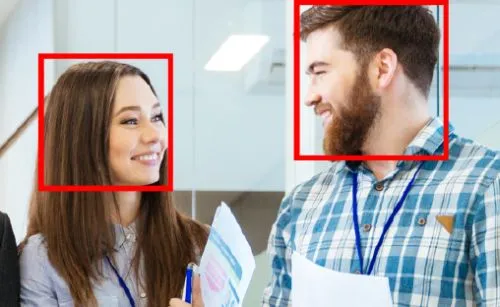
Step 2. Positioning
Algorithms for determining the position allow you to accurately determine the three-dimensional angles of inclination of the object. Accuracy is especially important for further 3D image restoration.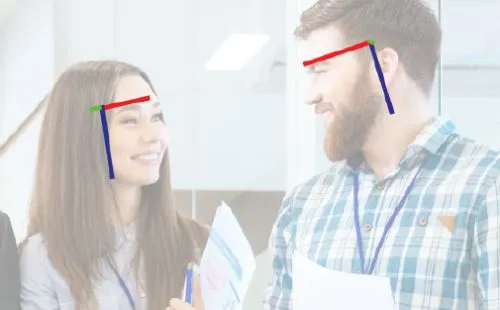
Step 3. Quality Analysis
After evaluating the posture, the brightness and clarity of the image will be analyzed to ensure that
quality falls into the acceptable range, and weed out images that are classified as
unrecognizable, to prevent loss of computing power
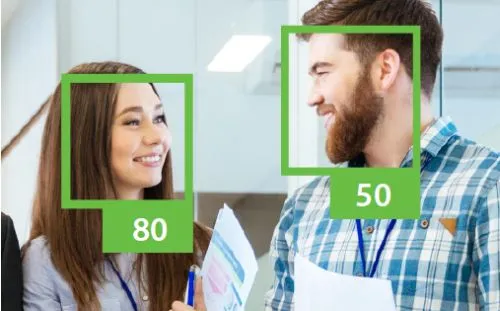
Step 4. Alignment
Alignment of the face is the positioning of the eyes, nose and mouth of a person in the specified framework. This processuses 2D transforms including motion, scaling, and rotation. Aligned
Images are more effective for identification.

Step 5. Retrieve Features
Next, a special algorithm analyzes the image, examining neighboring pixels, forms curves,finds edges, defines shapes. After that, we can get a set of specific signs,
specific to a given person and perform a comparison with existing templates.
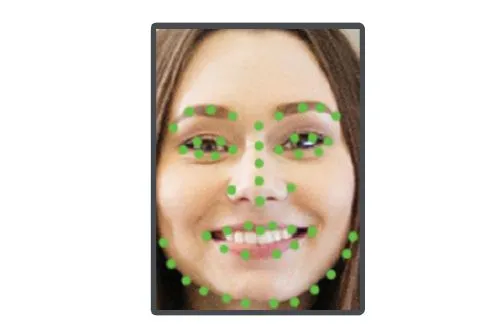
Protecting against fake identifications with photos
Unlike a “living” human face, the face in the photo moves with the whole photo,including background photos. Given this feature, the program first captures
video sequence and analyzes neighboring frames, selects facial contours and analyzes behavior
pixels on the border in time, which makes it possible to understand whether a real background or photograph is used.
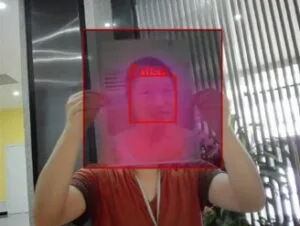
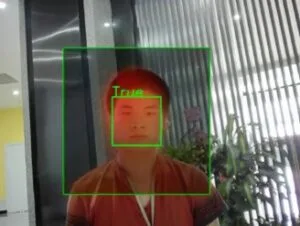
Protect against fake identifications with video
Self-training helps to identify the differences between a living human face and video.It analyzes the texture and resolution, surrounding objects, background image, etc., which allows
detect the frame of a smartphone or tablet and detect an attempt to fake identification.
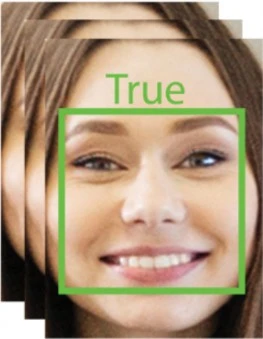
Wireless terminal for time tracking and access control with identification by face geometry.
Access control terminal with identification by face geometry for indoor use.
 Shopping Cart0
Shopping Cart0 Project Consultation
Project Consultation Back to Top
Back to Top